Posted on 7/25/2025
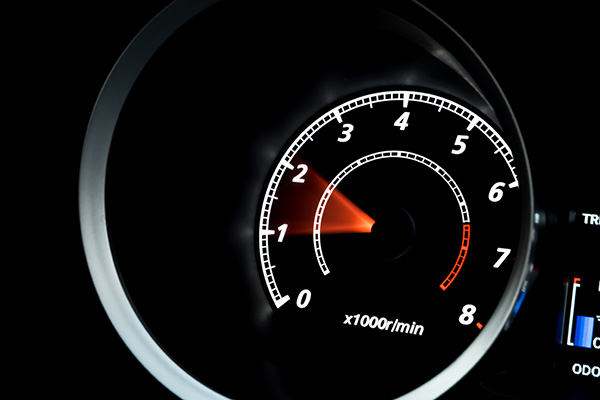
A smooth, steady idle is something most drivers take for granted — until it starts acting up. If you notice your engine's idle speed rising and falling or the car shaking slightly when you’re stopped, it can be both annoying and worrisome. Fluctuating idle speed is a sign that something isn’t quite right under the hood. Understanding the potential causes can help you catch small problems before they become major repairs. What Is Normal Idle Behavior When your engine is idling, it’s running just fast enough to keep itself alive without stalling — usually around 600 to 1,000 revolutions per minute (RPM), depending on the car. A healthy idle should feel stable and consistent. Slight changes in RPM are normal when turning on the air conditioning or using certain electrical systems, but large or frequent fluctuations suggest an underlying problem that needs attention. Common Causes of Fluctuating Idle Speed There are s ... read more
Posted on 6/27/2025
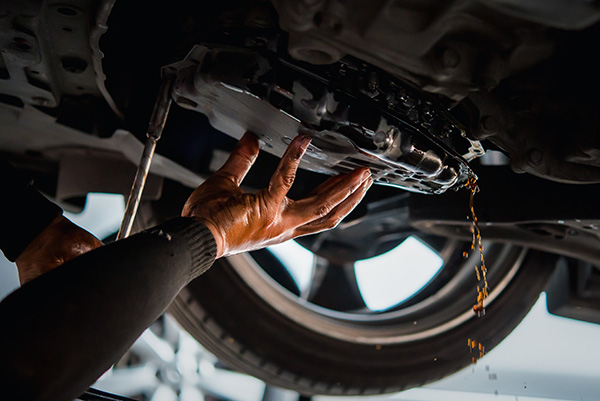
Your transmission is one of the most critical systems in your vehicle, and its health depends heavily on the condition of the transmission fluid. While many drivers understand the importance of oil changes, fewer people think about transmission fluid until a problem arises. Yet, just like engine oil, transmission fluid needs to be changed at regular intervals to keep your car performing reliably. Changing your transmission fluid at the right time can help prevent shifting problems, overheating, and costly repairs. But how often should this service be done? The answer depends on several factors, including your vehicle’s make and model, how you drive, and the type of transmission you have. What Transmission Fluid Does for Your Vehicle Transmission fluid has a big job. It lubricates moving parts, keeps internal components cool, provides hydraulic pressure (in automatics), and helps ensure smooth gear shifts. As it circulates, the fluid collects heat, metal partic ... read more
Posted on 5/30/2025
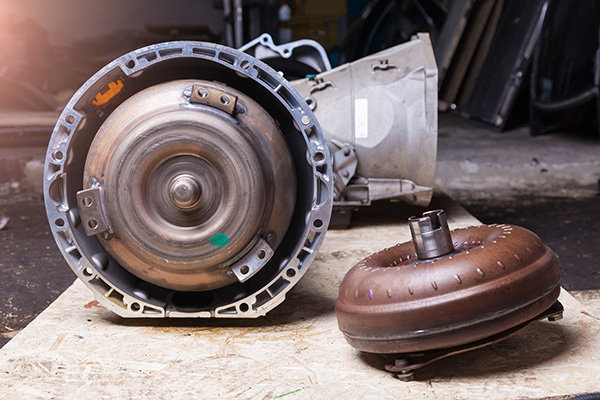
The torque converter in an automatic transmission is one of those parts that you don’t often think about—until something goes wrong. It quietly handles the connection between your engine and transmission, allowing your car to shift gears and keep moving smoothly. But when the torque converter starts to fail, it doesn’t stay quiet for long. Knowing the signs of a worn or failing torque converter can help you act before it leads to serious transmission damage. If your car feels different during shifting or acceleration, here’s how to tell whether your torque converter might need replacing. Unusual Slipping While Driving One of the most common signs of torque converter trouble is gear slipping. You might notice your engine revving higher than usual without a corresponding increase in speed, especially when accelerating from a stop. This happens when the torque converter fails to transfer power efficiently between the engine and transmission. Sl ... read more
Posted on 4/25/2025
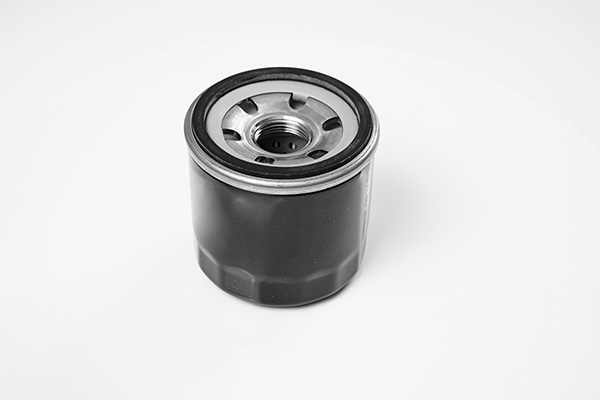
If your car hesitates when shifting, slips between gears, or feels rough during acceleration, you might assume the transmission is failing—but the real problem could be something much simpler: a dirty transmission filter. This small component doesn’t get much attention, but it plays a major role in how your transmission functions. When it gets clogged or worn out, it can mimic the signs of a much larger mechanical issue. Transmission filters are overlooked in routine maintenance, especially in vehicles with sealed systems. But when the filter gets dirty, it can absolutely cause shifting problems—and ignoring it can lead to more serious damage over time. What Does a Transmission Filter Do Your transmission relies on clean, pressurized fluid to operate smoothly. The transmission filter’s job is to trap any debris—like metal shavings, friction material, or contaminants—that circulate in the fluid. It keeps the fluid clean and prevent ... read more
Posted on 3/28/2025
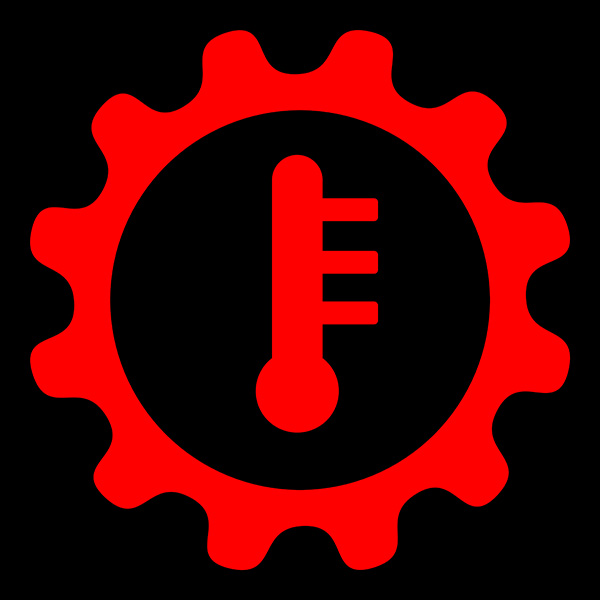
Your transmission is one of the hardest-working components in your car, and when it overheats, serious problems can follow. Excess heat can cause fluid breakdown, lead to slipping gears, and even result in complete transmission failure if ignored. If you’re noticing burning smells, sluggish shifting, or warning lights, your transmission could be overheating—and waiting too long to fix it can turn a minor issue into a major repair. Are you sure your transmission is running at the right temperature? What Causes a Transmission to Overheat A transmission typically operates at a safe temperature range of 175°F to 200°F. When temperatures climb above this range, the internal components begin to break down, leading to premature wear and possible failure. Several factors can cause a transmission to overheat, and identifying the root cause is the first step in fixing the problem. Low Transmission Fluid One of the most common causes of ov ... read more